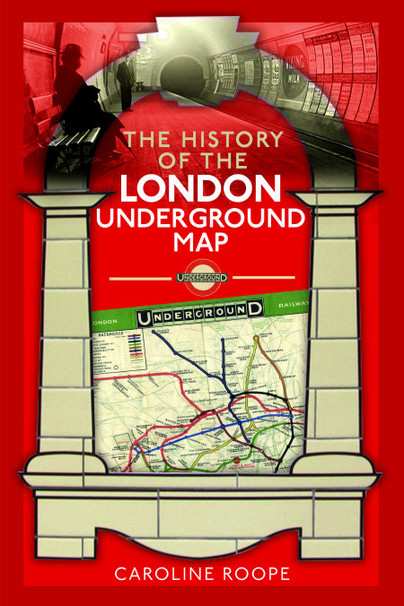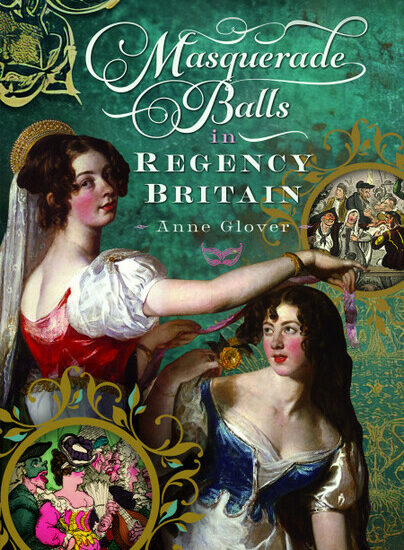World Book Day – Caroline Roope
In this post for World Book Day, Caroline Roope discusses her book The History of the London Underground Map.
What inspired you to write it?
I spent several years commuting into London from the suburbs, and was a regular Underground user so to try and stave off boredom I would often try and find all the original, historic features that you can still see but mostly get ignored (because people are naturally in a hurry!). I also love art, and the artistic heritage of the Underground fascinated me so that got me thinking about how the map came about and how it developed – and my book was born!
What interesting facts have you uncovered during your research?
I had no idea that the Underground had such a chequered past until I started researching for my book. Some of the older lines were only built because of financial chicanery and dodgy business deals. My book’s story takes a little detour down one particular line – the Bakerloo – which in terms of controversy, probably wins it hands down. It involves someone fleeing the country, being caught and sent back, and then a courtroom suicide which made global news. Who knew?! If you want to read more about that, you’ll have to buy my book!
What was the hardest part about writing this book?
I wrote this book during the 2020-2021 lockdowns so getting access to museums and archives, and retrieving library books was almost impossible – fortunately so many archives are digitised now that it wasn’t a total disaster! In fact, even getting into London and leaving my village in the thick of the lockdowns when travel wasn’t permitted would have meant it was a non-starter. I wouldn’t have been able to write it without online access. It was also tricky because I was home-schooling my two children at the time so it wasn’t a very conducive environment for peace and quiet!
Is there a unique angle to this book and if so, what is it?
I’ve really tried to put the development of the Underground and the history of the map into it’s cultural context – what was happening at the time in wider society that was influencing the progress of the network. I think I’ve managed to pack a lot in, given the word count!
What has researching this book taught you?
That I’m braver than I thought. Putting a book out into the world means leaving yourself open to feedback – good and bad. Books are so subjective and what one person enjoys and likes, another may not. The same goes for me, and I have to remind myself of that every day. Fortunately the majority of my reviews have been amazingly positive – I wish I could personally thank all those people for making my day.
What part of the book are you most proud of?
I’m proud of the whole book, given the difficult circumstances under which it was written – although I consider myself lucky that that was my only concern during a time when other people were facing some of the biggest challenges of their lives. The thing I’m most proud of with regards to my book is knowing that London Transport Museum were stocking it in their gift shop – getting their expert seal of approval made it all worthwhile. Then I knew I was a real author…!

The History of the London Underground Map is available to order here.


